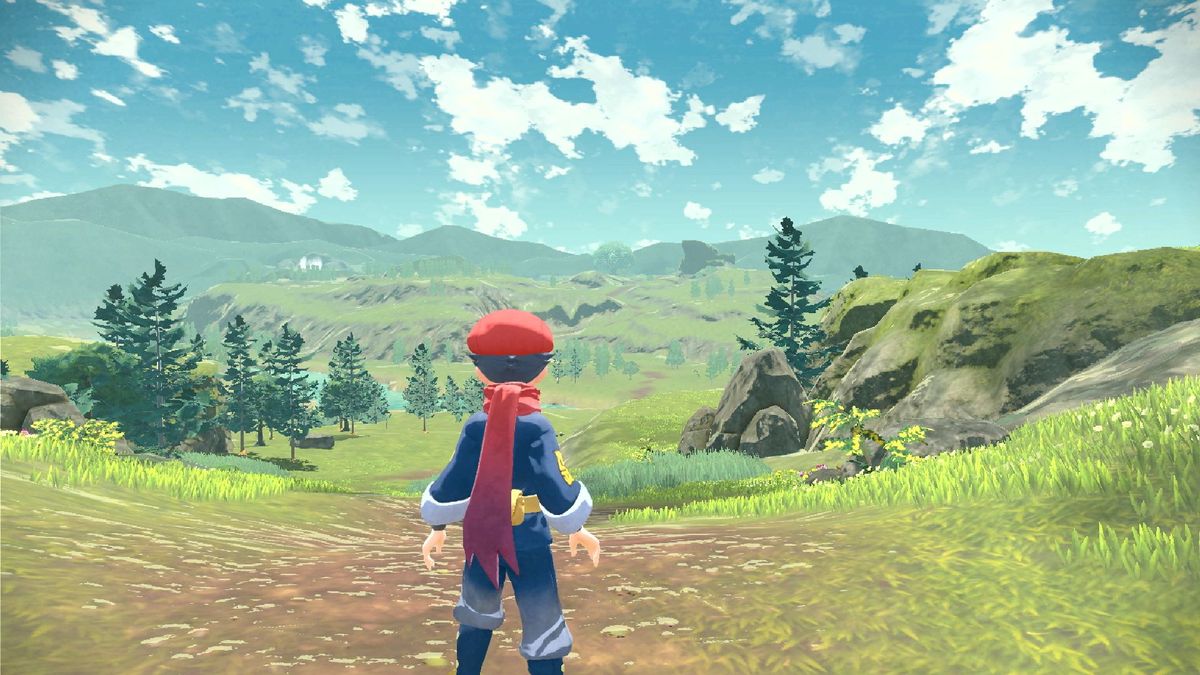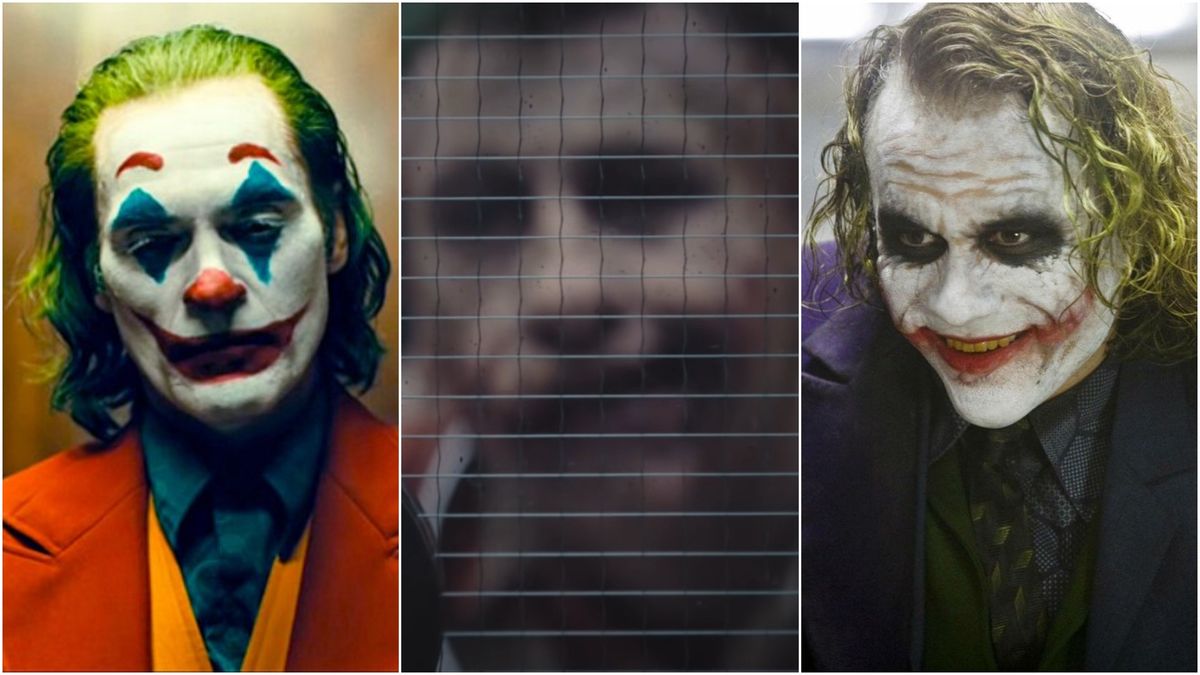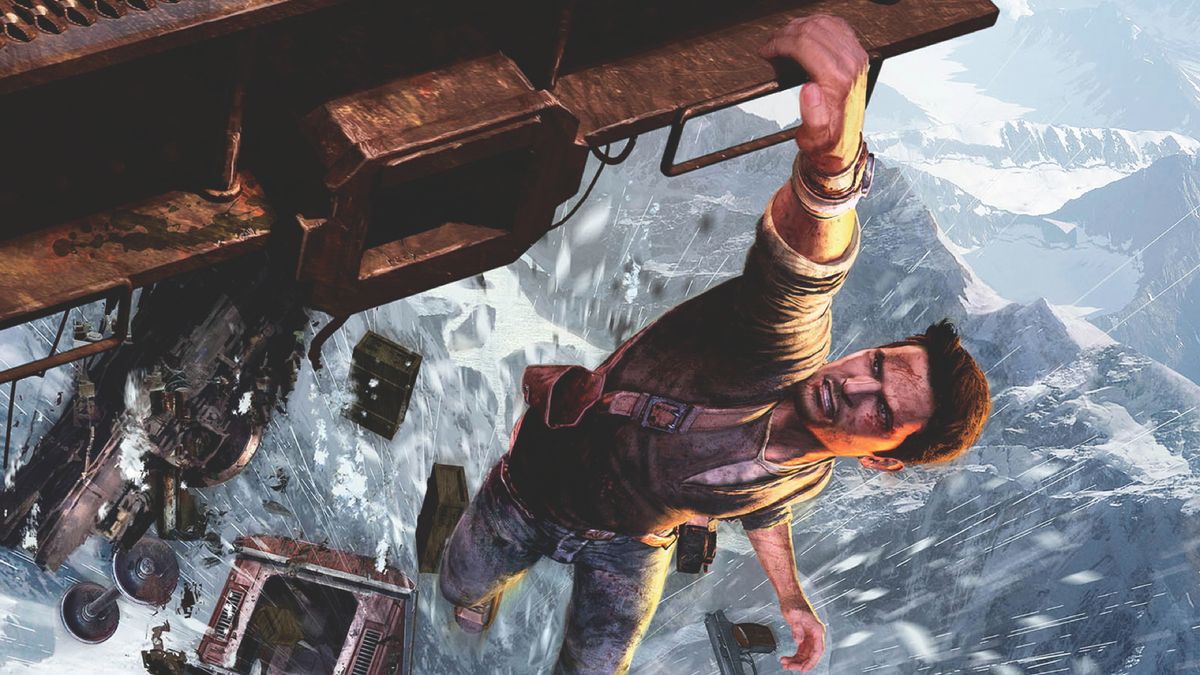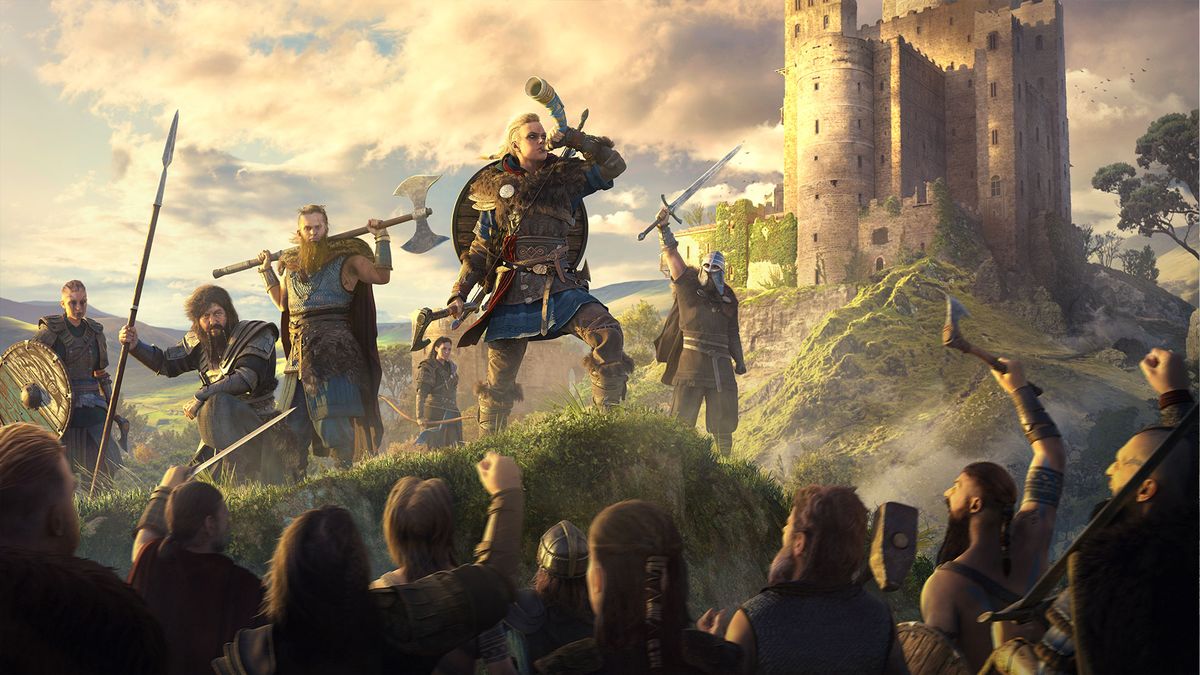The other day I was thinking about TimeSplitters 2. This isn’t an unusual occurrence. I’m often thinking about TimeSplitters 2. It was one of my favourite games of the last generation and from a perspective of creativity, narrative, and pure, inventive fun, I think it’s one of the best shooters ever made. But as most of my thinkings about TimeSplitters 2 tend to do, this particular thinking ended with frustration. Because thinking about TimeSplitters 2 always makes me want to play TimeSplitters 2. And I can’t. Not properly.

Oh yes, I could drag out the old Gamecube, or dig through the dust for my Wii. But all I’d really get there would be a shoddy approximation of the old TS2 experience, awkwardly simulated by a hotchpotch of ill-fitting hardware, each bit out of step with the others in both age and suitability for the job. What I’d get there would be a blurry, stretchy version of a once-beautiful game that was never intended for giant 1080P TVs. I’d get TimeSplitters 2’s malformed, bloated corpse, forced to do a sullen, pale-skinned, Weekend at Bernie’s-style dance for my dubiously-defined amusement. And I’d have to go through a whole load of practical faff with a storage box full of obsolete hardware for the privilege.
Films would never be treated like this.
The problem is that games, despite being an entirely digital medium from their offing, still do not exist independently from the hardware upon which they were originally released. A game cannot exist in its own right. It’s still bound to an aged box and a bunch of related cables. And increasing numbers of those boxes just aren’t conveniently available.

Historical film and TV however, despite originally being analogue media, are readily available with each new hardware generation that comes along. The prints and digital files exist outside of any particular delivery medium, ready to be reformatted, touched up and bashed back out for consumption on any disc, memory stick or streaming service that might come along. But if film and TV were treated like games, you’d still need to pull out the original cine projectors, Betamax players and 1960s TV sets that were originally home to them.
Things have superficially improved over the course of this current generation, with the wave of HD remakes and re-releases gaining increasing momentum. But even that is far from a perfect solution. Full remakes might look cool and shiny, and bring the fun factor of seeing an old favourite retooled with new tech, but they’re an approximate tribute at best. Like wanting to watch the Star Wars you loved as a kid and having only George Lucas’ increasingly messed-up, CG ‘augmented’ versions available.

Similarly, straight, upscaled ports are so far of variable quality (I’m looking at you, Silent Hill HD Collection (opens in new tab)), which is yet another off-shoot of the hardware problem. Games built for one system and then repurposed for another, radically different machine a generation later (often by an outsourced team) are open to all kinds of technical problems.
Thankfully, next-gen consoles finally look to be heading towards a semi-unified, PC-driven architecture, with Sony in particular vocally advertising the PS4’s off-the-shelf PC parts. That may or may not help the situation with video game archiving, but what really should be a great bonus is the advent of game streaming services for both the PS4 and Xbox One. Both consoles have pledged to make use of the tech to varying degrees, but if used to its full potential in the future, cloud streaming technology could easily save gaming’s increasingly lost history once and for all.

Remote servers, emulators, ROMs optimised for current screen resolutions. That’s all you’d need. The end-user’s current hardware, finally, would become irrelevant to the running of old games, and the games themselves could finally thrive as entities unrestricted by distribution methods or storage media. As a result of dropping those technical considerations, the costs for publishers to maintain real archives of their back catalogues would be minimal. Server costs and an optimisation update to the ROM every few years. That would be about it.
It needs to happen. Something needs to happen. Because we can’t keep banging on about how games are an important artistic medium if we don’t respect their history. I can go out and buy a super-remastered, full-HD Blu-ray of Casablanca today and play it on my modern TV tonight with never-better visuals and sound. But an 11-year-old first-person shooter? I’m lucky if I can even find a way to load it up. It’s not just about having a bigger game collection or access to easy nostalgia on tap. It’s about preserving the heritage of a rapidly developing, ever-expanding medium. And we need to get it sorted out before we move too far ahead and forget where it all came from.
 Game News Video Games Reviews & News
Game News Video Games Reviews & News



